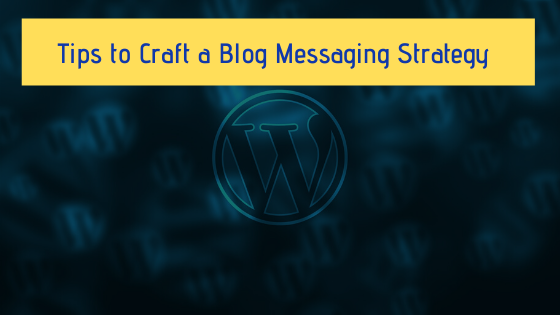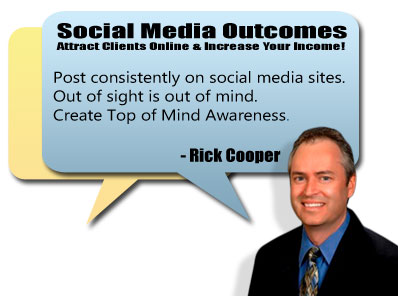
Blogging is an extremely useful Content Marketing strategy which will enable you to attract new coaching clients. And for speakers, blogging provides a great platform to add value, position you as an expert on your speaking topics, promote your live events and drive new speaking engagements.
Are you just starting to craft your blog messaging strategy? Or do you already have a strategy you’ve been applying to your blogs and it just hasn’t been getting you where you want to go?
No matter which of these categories you fall into, it doesn’t hurt to rethink your blog messaging strategy. Let’s start by taking a look at these three essential founding features of a blog messaging strategy.
How to Determine How Often to Post
The frequency of your posting should be one of the first things you consider when crafting a blog messaging strategy. To figure out how often you should post blogs, first think about your available time and energy. Do you have a whole team involved in creating content or is it a one-person job?
One person can’t feasibly crank out a dozen high quality posts a day, so if you’re banking on posting frequently, make sure you have the exact resources capable of doing this.
By the way, a good goal is to publish one blog post per week. There may be times when you can publish more, such as when you are participating in a blog challenge.
Secondly, think about what your goals are. If you’re trying to market your products and services through lead magnets attached to your blogs, then you’ll want to focus on creating high-quality content over a high quantity of content.
Of course, the more high-quality posts the better, but don’t bite off more than you can chew.
If you’re concerned with attracting traffic to your site in general and you have a team of writers, the rule of thumb for posting is about four times a week. Professionals argue for four as the magic number to a steady and consistent increase in traffic.
And something to remember is that the more often you post, the more traffic you will receive from Google. You will simply have more content for Google to index and people to find. Plus, Google will rank you higher in the search engines because your site will be considered more credible and authoritative.
The takeaway here is to test your blog post frequency to determine how often to post. Try posting a lot, try posting less, and see what high-quality content looks like for you. From here, you’ll be able to find that sweet spot.
How to Create a Variety of Posts on Different Topics
If you’re feeling a little daunted in the face of creating unique content, don’t be. Focus on creating content that’s tried-and-true. In other words, do what works.
Here are some tips that have worked for other successful blogs:
- Take into account your audience and what they want to see. Use your analytics or even ask your audience through a social media poll.
- Look to see what experts in the industry are posting. Read their blog posts and take note of what kind of content they post and what topics they explore.
- Research different kinds of blog posts. What types of posts have been attracting traffic in recent years? How-to style blogs and spotlights are just a few examples.
- Don’t create redundant blog posts. Stay away from creating posts on topics you’ve already covered by using a content management system (CMS) to keep track of all your posts.
How To Schedule Your Posts
The best way to be consistent with posting is by creating and maintaining a blog editorial calendar. Write and schedule posts far in advance so you have them queued up and ready to go on the date of their posting. You can also use project management tools to track when your blogs are being written and posted.
When you’re deciding on and scheduling posts for your editorial calendar, be conscious of company events, news, and product launches you might want to write blog posts for, and schedule them appropriately.
In other words, if you want to create buzz, then start talking about the topic weeks or even months ahead. Build interest and you will prepare your audience for your launch or other event.
Always leave room in your calendar for extra posts that might need to be written at the last second. This will help you make sure you have the time and personnel to do the job.



Connect with me Online: